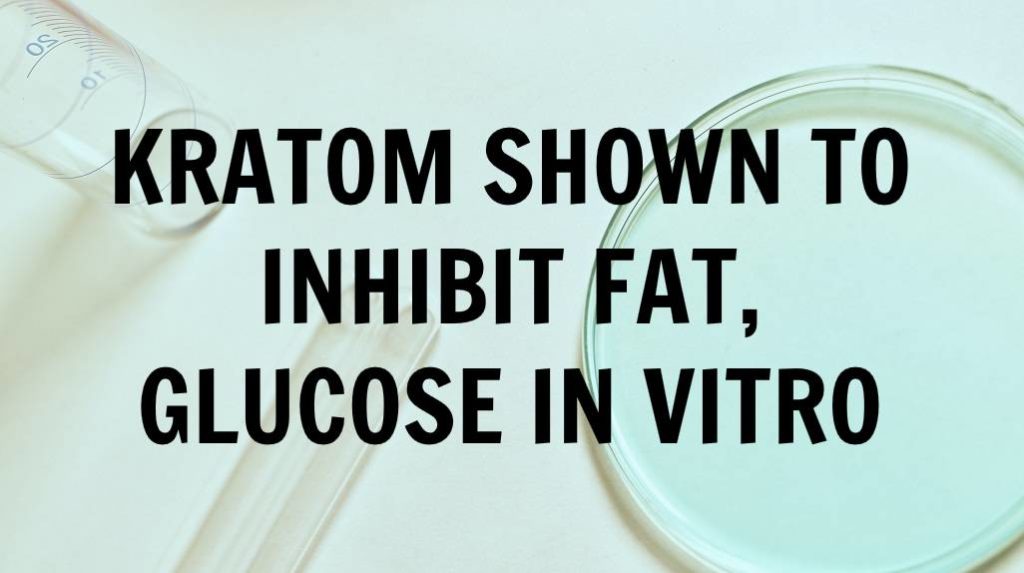
Note: We report on ongoing science. Not enough evidence has been established to conclude that kratom or mitragynine is an effective treatment for any disease.
Scientists have discovered that kratom can inhibit enzymes that play a role in fat absorption. In an in vitro study, scientists found that mitragynine is a potent inhibitor of lipase, an enzyme that facilitates the body’s absorption of fats. Another compound present in kratom, as well as in many common vegetables, is quercetin, a flavonoid. Research has demonstrated that quercetin inhibits alpha-glucosidase, which assists the body in absorbing glucose.
The journal PLOS published the study, mainly conducted by Thai researchers. Kratom has been traditionally used in Thailand for at least hundreds of years. Thailand banned kratom in the 1940s because it posed a threat to the tax revenue collected by the government on sales of opium. In 2021, Thailand legalized kratom, and since then, the government has allocated more funding for research.
The researchers explain that fat and starch digests into fatty acid and glucose with the help of the pancreatic enzymes lipase (that digests fat) and alpha-glycosidase (that digests starch). They note that a diet high in fats and carbohydrates increases fat and glucose accumulation. This “causes an increase in both triglyceride and LDL-C, which is the risk factor for cardiovascular disease and obesity-induced insulin resistance.”
While an improved diet is the best way to deal with high fat and glucose accumulation, certain compounds can help slow the process.
Mitragynine and quercetin selectively inhibit lipase… and alpha-glycosidase… respectively, resulting in a decrease of fatty acid and glucose absorption and protecting against fat accumulation. We report for the first time that Thai Kratom reduced de novo fatty acid synthesis through ACC1 inhibition, leading to a decrease in fat accumulation in 3T3-L1 adipocytes. Taken together, the regular use of Thai Kratom among certain Thai populations might lead to improved levels of blood triglyceride and lower BMI through inhibition of lipase, alpha-glucosidase, and ACC1 activity.
The authors also note the use of kratom in traditional herbal medicine for diabetes.
Readers should understand that in vitro studes performed in a lab do not perfectly translate to the complexity of the human metabolism. Readers should also be cautioned that while this study may show possible positive outcomes of kratom consumption, it may also demonstrate a possible risk of a herb-drug interaction in consumers who already take medications to reduce fat accumulation or blood sugar.
Reference
Janthongkaw, A., Klaophimai, S., Khampaya, T., Yimthiang, S., Yang, Y., Ma, R., Bumyut, A., & Pouyfung, P. (2023). Effect of Green and Red Thai Kratom (Mitragyna speciosa) on pancreatic digestive enzymes (alpha-glucosidase and lipase) and acetyl-carboxylase 1 activity: A possible therapeutic target for obesity prevention. PloS one, 18(9), e0291738. https://doi.org/10.1371/journal.pone.0291738

hope we continue to see more of this
Amazing! 😀
This is so interesting! Have they said anything about researching more?
this is so interesting! do you know if they plan to do more studies on this